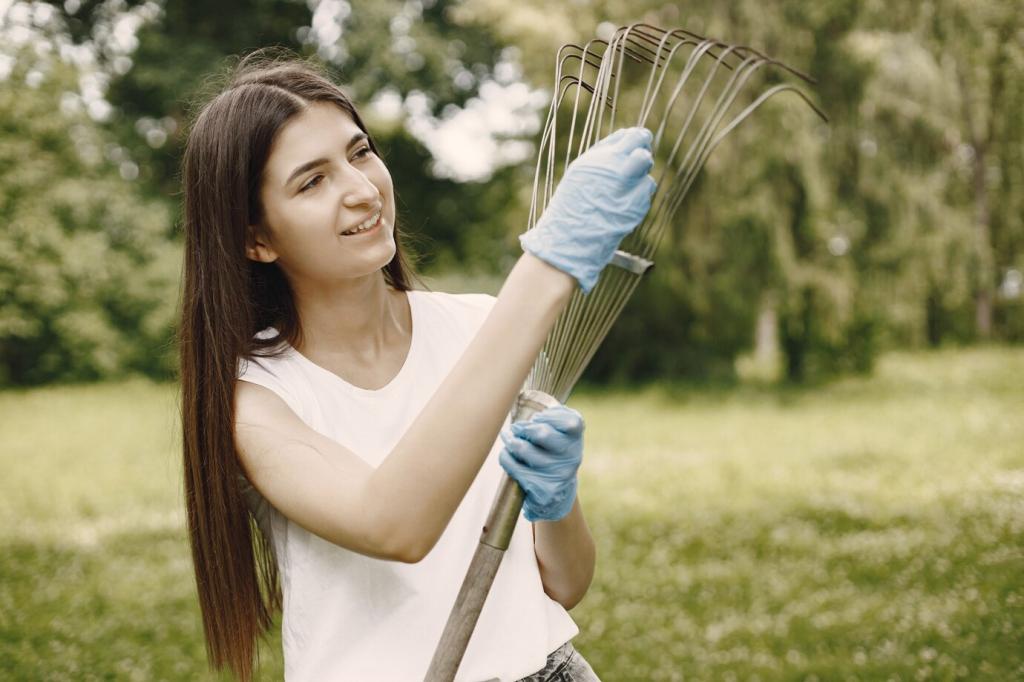
Today’s Theme: Organic Stain Removal Methods for Furniture
Welcome to a gentle, effective approach to keeping your wood, leather, and fabric pieces spotless using plant-based, pantry-ready solutions. Inspired by a true story—my grandmother once rescued an heirloom oak table with nothing but lemon, salt, and patience—we’ll show you how to lift stains without harsh chemicals. Join in, share your toughest stain tale, and subscribe for simple, sustainable tips delivered weekly.
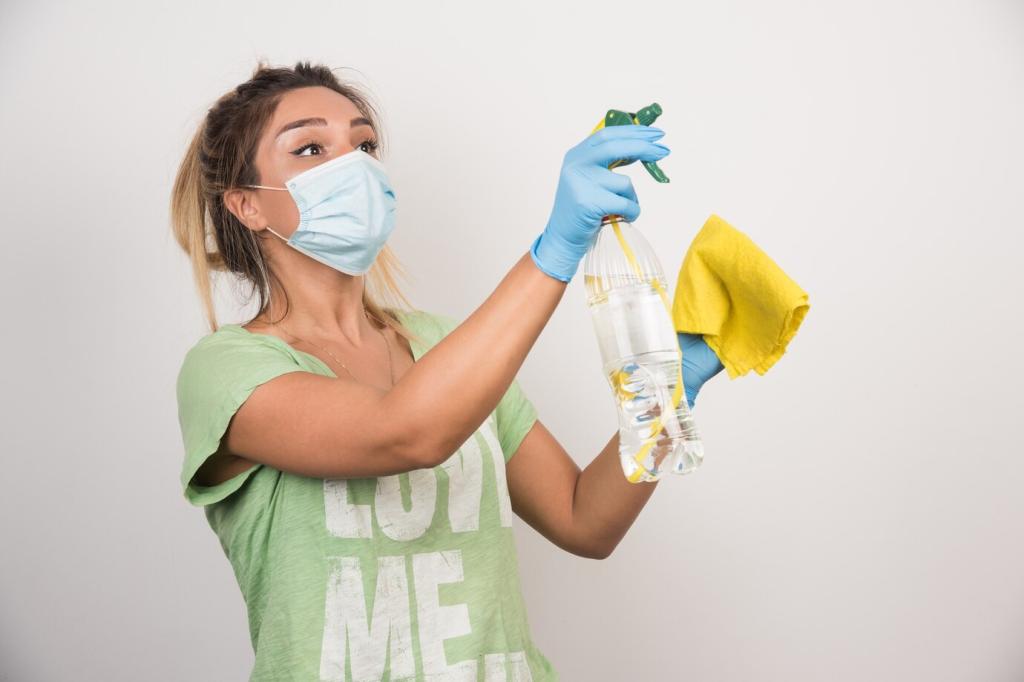
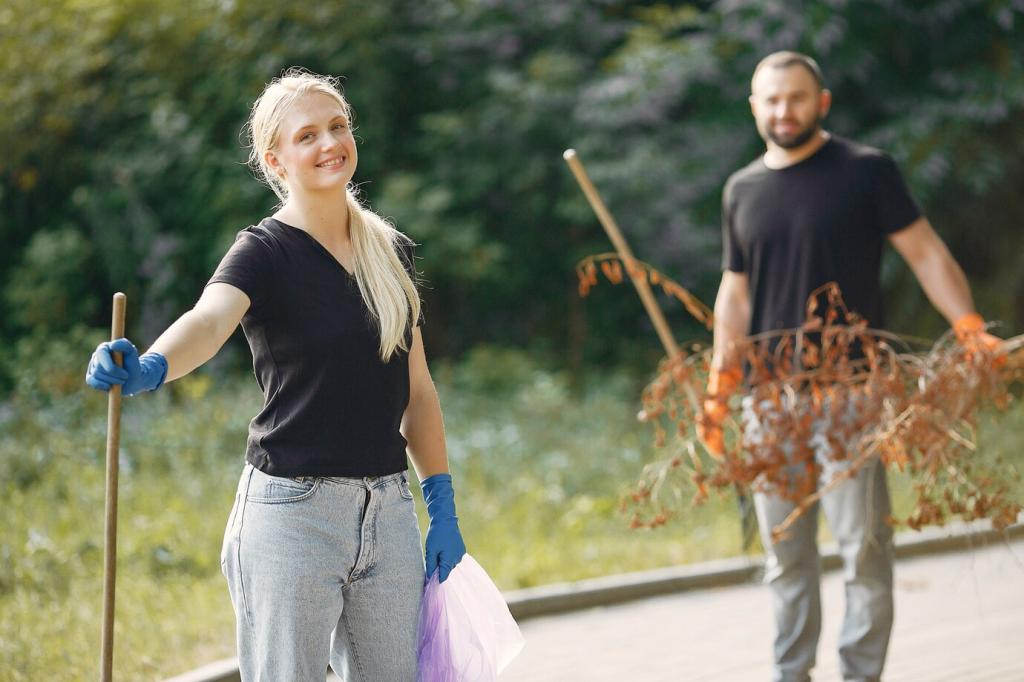
Understanding Stains the Natural Way
Scrubbing drives pigment deeper into fibers and wood grain, making removal harder. Blot instead, with a clean white cloth, lifting from the outside in. Gentle pressure, repeated patiently, limits halos and preserves delicate finishes while setting you up for successful, organic stain removal.
Understanding Stains the Natural Way
Every finish reacts differently to water, vinegar, and oils. Test any organic solution on a hidden spot first. Watch for dulling, discoloration, or tackiness as it dries. If the surface looks unchanged after an hour, proceed with confidence and continue carefully, section by section.
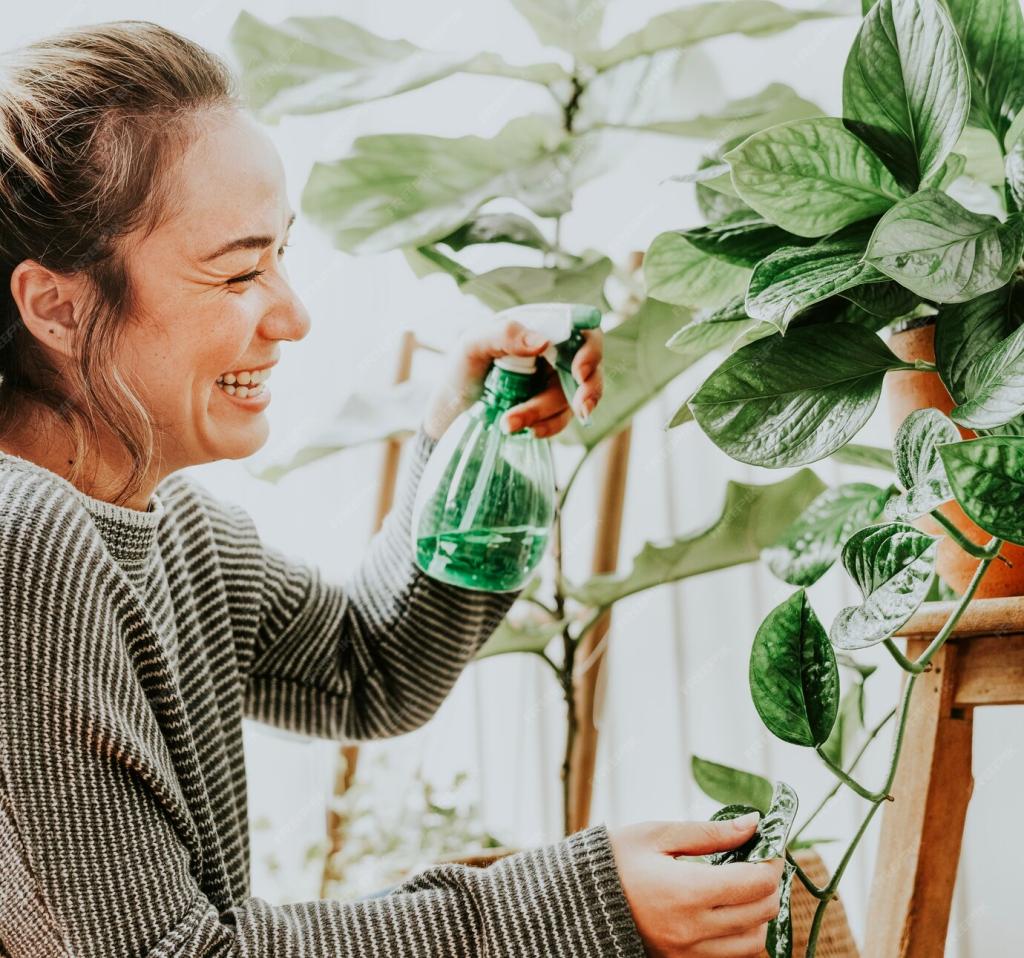
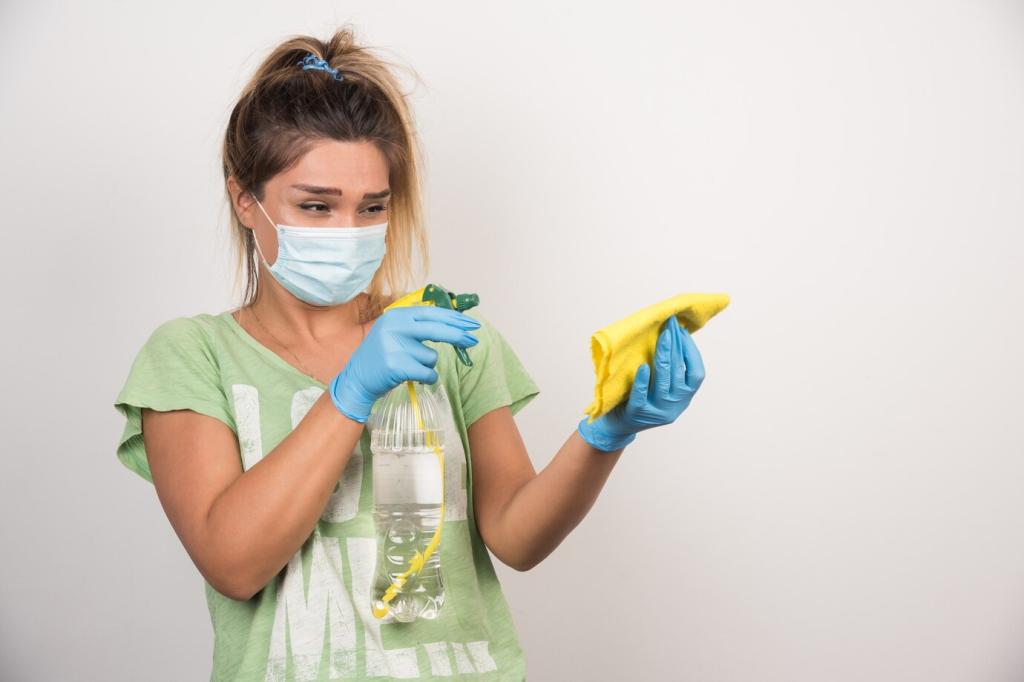
Wood Furniture: Rings, Spills, and Gentle Revival
White rings usually signal trapped moisture in the finish, not deep damage. Dab a tiny bead of real mayonnaise over the ring, cover with a soft cloth, and wait an hour. Wipe clean, then buff lightly. Share your results—some readers cut the wait to twenty minutes successfully.
Wood Furniture: Rings, Spills, and Gentle Revival
Mix equal parts distilled water and white vinegar, slightly warmed, and barely dampen a cloth. Lift the sticky patch with gentle, short strokes along the grain. Dry immediately with a second cloth. Finish by buffing with a dot of olive oil, if appropriate, to restore luster and warmth.
Upholstery Fabric: Wine, Coffee, and Everyday Oops
Blot immediately, then blanket the damp area with salt to draw out pigment. After a few minutes, vacuum the salt. Dab gently with club soda on a white cloth, switching cloth sides as color lifts. Repeat calmly. Comment below if a lemon-water spritz helped brighten the final pass.
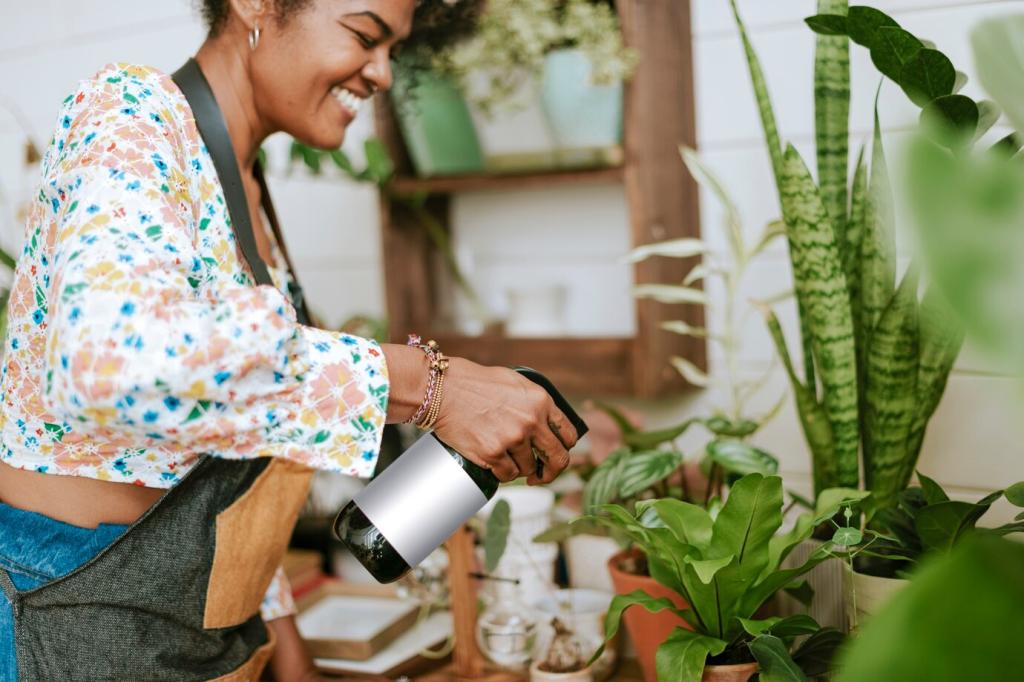
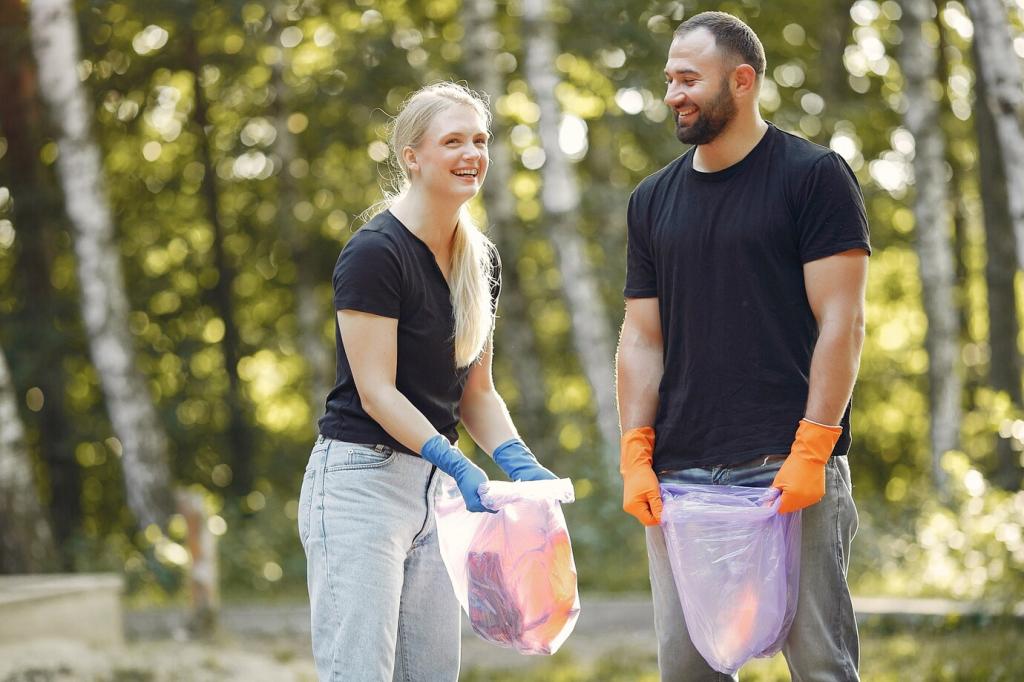
Upholstery Fabric: Wine, Coffee, and Everyday Oops
Cover the fresh spot with cornstarch and let it sit thirty minutes to soak up oils. Brush or vacuum away, then dab with a mild castile-soap solution, lightly foamed. Blot dry and air out thoroughly. Subscribers often pair this with sunlight and airflow for a fresh, clean finish.
Leather Care: Clean, Condition, and Protect Naturally
Mix equal parts distilled water and white vinegar. Lightly mist a soft cloth and wipe the leather in long, even passes. Never over-wet. This lifts surface grime without stripping. Dry with a fresh cloth. Comment if your leather darkened temporarily—most finishes normalize as moisture evaporates.
Microfiber and Performance Fabrics: Gentle, Dry, Effective
01
Check the tag. W means water-based cleaners; S means solvent-based only; W/S allows either; X means vacuum only. For organic approaches, choose distilled water and mild plant soap for W fabrics, and dry methods like baking soda and careful brushing for S or X labeled pieces.
02
Dust the surface with a thin, even layer of baking soda. Let it sit for at least twenty minutes—longer for lingering odors—then vacuum thoroughly with a soft brush attachment. Readers report this routine every month keeps sofas fresh, especially in homes with pets, snacks, and movie nights.
03
Create a light foam using a drop of castile soap in distilled water. Apply foam, not liquid, to avoid saturation. Blot gently, lift, and repeat as needed. Let dry completely and restore texture with a clean, soft brush. Post your results if brushing revived the original, velvety feel.
Kid- and Pet-Safe Solutions That Actually Work
Citrus-Infused Vinegar for Sticky Mischief
Soak citrus peels in white vinegar for two weeks, strain, and dilute one to one with water. The result smells bright and tackles sticky patches beautifully. Always test first on finishes. Tell us if your kids noticed the sunny scent—they often do, and it makes cleanup friendlier.
Odor Neutralizing Made Simple
Baking soda handles odors without perfume cover-ups. Sprinkle, wait, and vacuum. Pair with open windows or a small fan to boost airflow. For pet accidents, blot thoroughly first, then use an enzyme-based plant cleaner. Share your routine timing so others can match what works in busy homes.
Build a Safe, Grab-and-Go Stain Kit
Stock white cloths, a soft brush, a spoon for scraping, distilled water, white vinegar, baking soda, cornstarch, and castile soap. Add beeswax balm for wood. Keep it together in a caddy. Comment with your favorite addition—we’re compiling reader-approved essentials for an upcoming checklist.
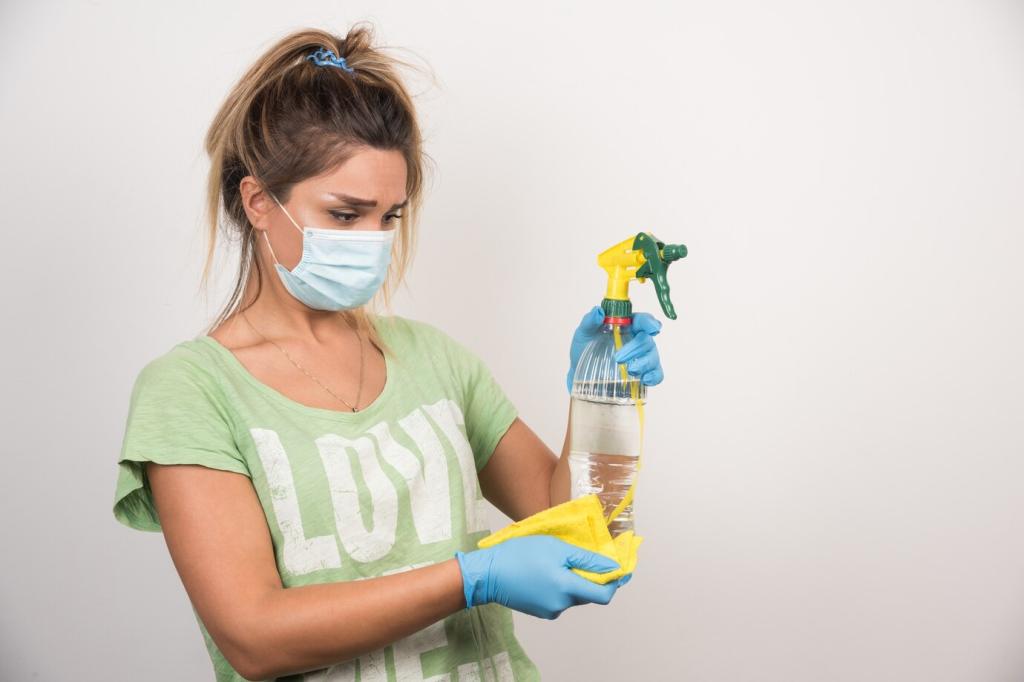
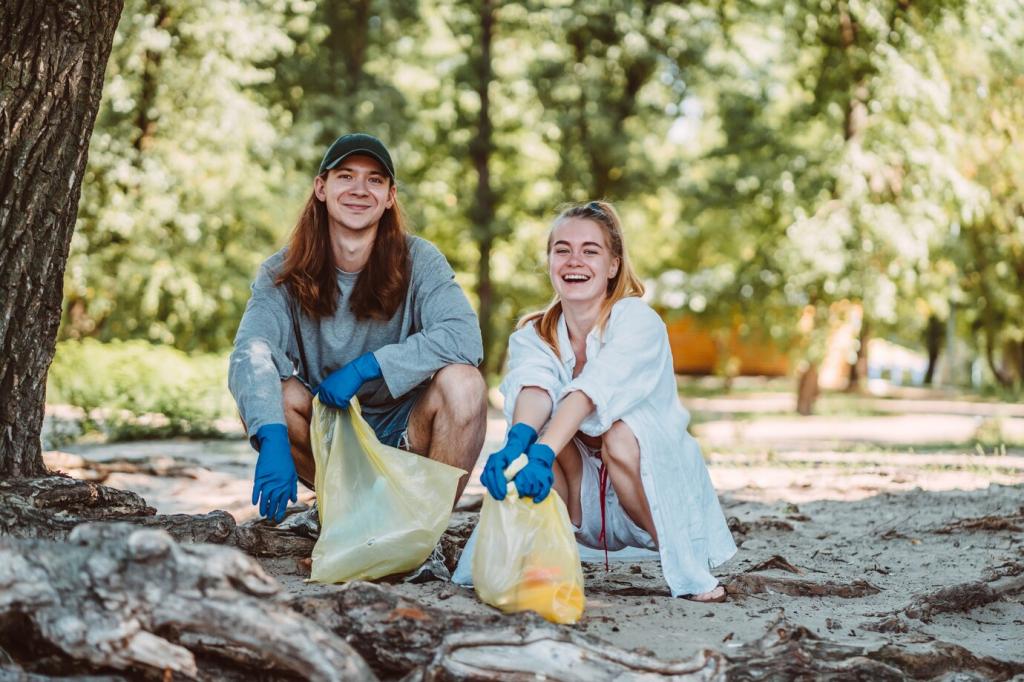
Sustainable Habits: Prevent, Protect, and Celebrate Small Wins
Use washable throws, discreet armrest covers, and coasters made from cork or felt to intercept stains. Past readers swear by placing a slim, breathable pad under table runners. These quiet barriers stop messes before they spread and make organic cleanups quick and almost effortless.
Sustainable Habits: Prevent, Protect, and Celebrate Small Wins
Too much water invites rings and mildew. Apply solutions sparingly and dry immediately with a fresh towel and gentle airflow. A small desk fan often outperforms hairdryers on delicate finishes. Share your drying tricks—our community’s best tip saved a vintage chair from a new water mark.
